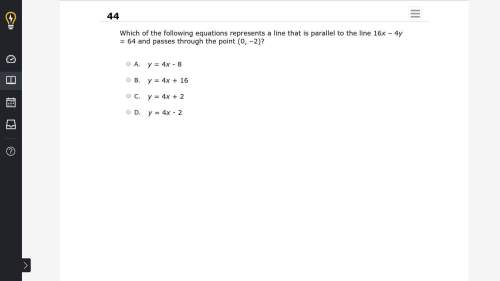
Mathematics, 03.10.2019 08:30, 7letters22
When you spend $1 at the grocery store, the store doesn’t keep all of your money as profit. some of it is reinvested in the economy when the grocery store buys more merchandise from suppliers. in turn, the suppliers don’t keep all of that money as profit, either; they reinvest it in the economy when they buy more raw materials from other suppliers. the end result is that your $1 may have a larger effect on the economy. consider the following situation.
in january, a factory invests $400,000 into the economy in the form of employee salaries. during february, assume that the employees reinvest in the economy by spending 80% of their salaries. then, during march, 80% of what was spent by the employees is again reinvested in the economy by the merchants. and so on.
part a: find the amount of money that is invested during the first four months.
part b: starting with january, the amount of money that is invested in the economy forms what kind of sequence?
part c: write a rule for the amount of money that is invested during month n.
the total economic impact of the factory’s initial investment is the sum of all the investments and reinvestments over the months.
part d: what is the total economic impact after the first four months?

Answers: 1
Similar questions


English, 19.08.2019 15:10, MeTooFoodYum
Answers: 1

English, 19.09.2019 01:20, svnchezzz
Answers: 1

Mathematics, 25.09.2019 02:00, jordan2875
Answers: 3
Do you know the correct answer?
When you spend $1 at the grocery store, the store doesn’t keep all of your money as profit. some of...
Questions in other subjects:


Mathematics, 07.07.2019 19:00




Mathematics, 07.07.2019 19:00




History, 07.07.2019 19:00







